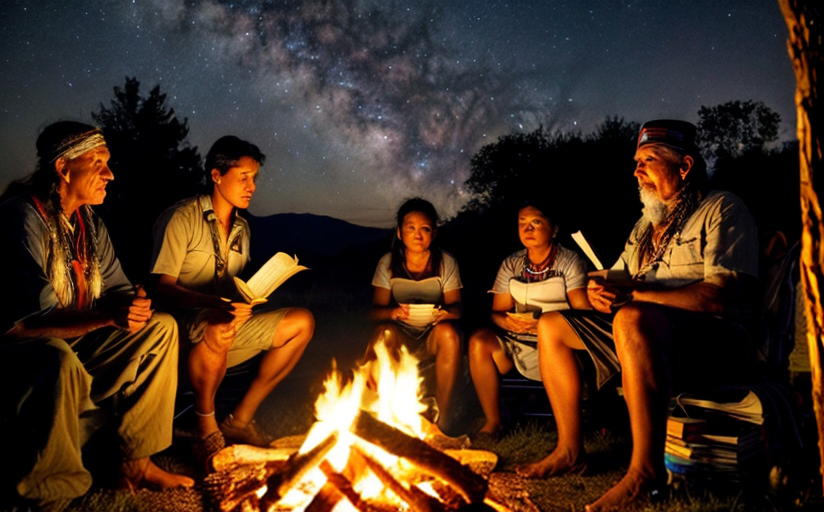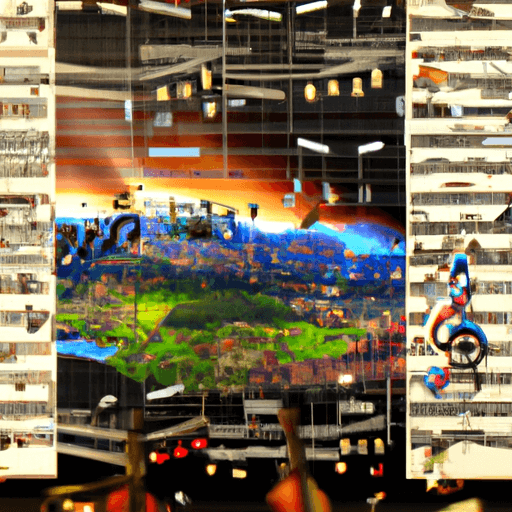Understanding the Profound Impact of Indigenous Storytelling on Modern Literature
The world of literature is a vast and varied landscape, enriched by the traditions and narratives from all corners of the globe. A significant yet often understated contributor is the world of indigenous storytelling. This article aims to shed light on the impacts of these unique traditions and explore their expansive influence on contemporary literature across genres, themes, techniques, and eras.
The Uniqueness of Indigenous Storytelling
Indigenous narratives are imbued with the distinctive colours of their native landscapes, reflecting their intricate and deeply-rooted relationships with nature and the land. One unique aspect of these narratives is their emphasis on oral storytelling, where stories are passed down generations through spoken word rather than written script, a tradition that lends these tales a unique rhythm and cadence.
The Persistent Presence of Indigenous Narratives in Contemporary Literature
From the spiritual symbolism of Native American folklore to the rich mythologies of the Australian Aboriginals, the echoes of indigenous storytelling can be heard in contemporary literature. These time-honoured narratives have woven their elements into various genres and eras, challenging populace perspectives and inspiring a deeper appreciation for the wisdom embedded in ancient cultures.
Indigenous Influence in Literary Genres and Eras
The influence of indigenous stories can be seen across different literary genres from the complex character development in novels to the symbolic imagery in poetry. Across eras, from the Renaissance to modern times, indigenous tales continue to inspire writers, inspiring them to explore themes of identity, heritage, and the human connection with nature.
For example, in her novel Ceremony, Native American author Leslie Marmon Silko drew heavily on Laguna Pueblo storytelling traditions, intertwining traditional oral narratives with a modern narrative arc to address themes of cultural conflict and healing. Similarly, acclaimed Australian author Thomas Keneally's The Chant of Jimmie Blacksmith re-imagines an Aboriginal folklore with a contemporary backdrop to critique colonial atrocities.
Preserving Indigenous Storytelling Traditions for the Future
Engaging with indigenous literature helps preserve these rich cultural narratives for future generations. By acknowledging the indigenous roots of many modern tales, we highlight the continual significance and relevance of these traditional stories in the context of modern life and literature.
Moreover, the integration of indigenous narratives into literature can encourage cultural exchange and mutual understanding, fostering an appreciation for the diversity and richness of our shared human experience.
Conclusion
The profound influence of indigenous storytelling traditions on the landscape of modern literature is undeniable. As we continue to delve into the stories of our past and trace their influence on our present literature, we realise the critical role played by indigenous narratives in shaping the world's literary landscape. Hence, the importance and value of preserving and honouring these rich traditions persist, contributing to an enriched literary future.

















Comments
Leave a Comment